In our vastly expanding world of information, it is no secret that what we choose to eat can directly affect our overall health. Chronic diseases continue to be a critical health concern across America.
In 2018, the Centers for Disease Prevention and Control (CDC) conducted a study estimating that 85 million adults consume fast food in the United States on any given day. With plenty of data suggesting that the consumption of raw fruits and vegetables can greatly reduce the risks of chronic illnesses, it is still evident that many people fall short of the average amount of vegetables needed for optimal health. Mineral malnutrition impacts two-thirds of the world’s population.
How can we incorporate these essential elements into our daily diet to help our bodies achieve optimal health? Microgreens can help.
Microgreens are just like the baby and mature vegetables you’re used to eating (kale, broccoli, cabbage, cilantro, radish, etc.) but harvested at a much younger stage. The reason they’re harvested at this stage (known as the cotyledon or “true leaf” stage) is because of the high concentration of nutrients available in comparison with the nutrient concentrations of their mature counterparts with some varieties recording up to 40 times more nutritional value than their mature stage.
Aside from being a powerhouse for nutrition, microgreens also require fewer resources to cultivate. Data collected in 2017 indicates that broccoli microgreens would require up to 236 times less water than it takes to grow a nutritionally equivalent amount of mature vegetables in California fields in 93 to 95 percent less time and without the need for fertilizer, pesticides, or energy-demanding transport from farm to table. These resource and time-saving benefits are critical for the evolution and diversification of our food systems.
Food systems consist of food production but also associate with food processing, transport, and consumption. Microgreens ensure maximum efficiency on every level producing little to no waste. They need less time to be transported from urban cultivators, thus saving energy and limiting pollution, plus ensuring maximum nutrient availability because produce will be more recently harvested. Studies have shown that after just five days of being harvested, the vegetable’s nutrient availability diminishes by nearly 30 percent.
Concerning our nutrition and the world we live in, microgreens could be the emerging crop to help fortify our future. From vitamins A, B, C, E, K, and essential minerals like zinc, magnesium, iron, potassium, manganese, plus disease-fighting antioxidants like folate and polyphenols, these mighty micro vegetables are quickly proving to have a macro impact on our daily lives.
Mario Garcia is owner of Coachella Urban Valley Farms providing locally grown microgreens to our valley through seasonal Certified Farmers Markets and local health food stores like Harvest Health Foods in Palm Desert. They also offer a free delivery subscription to all valley residents. Visit www.coachellaurbanvalleyfarms.com.
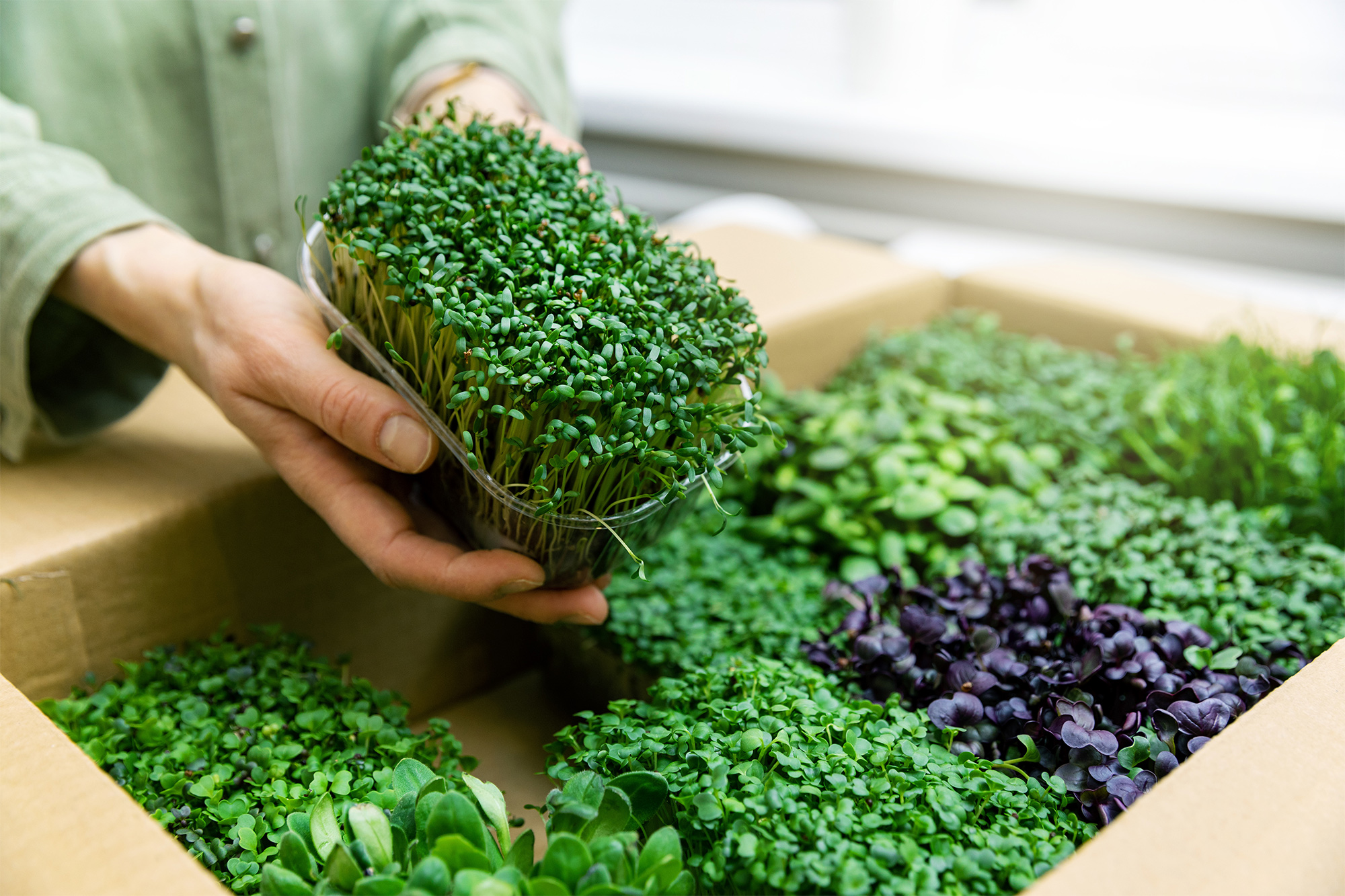



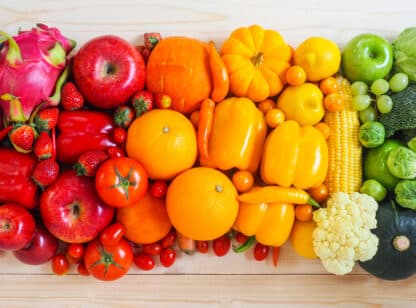
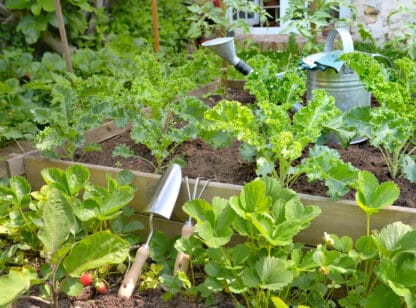




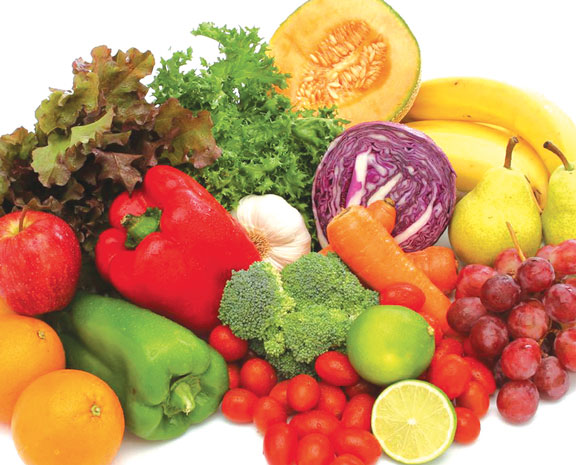
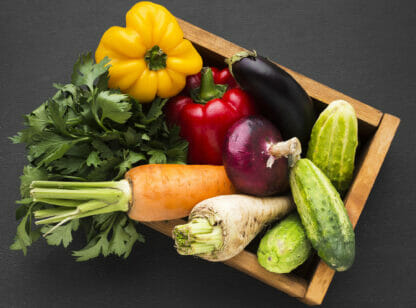



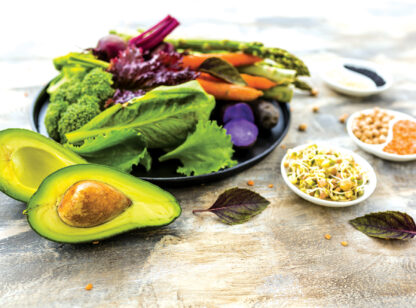

































Comments (0)